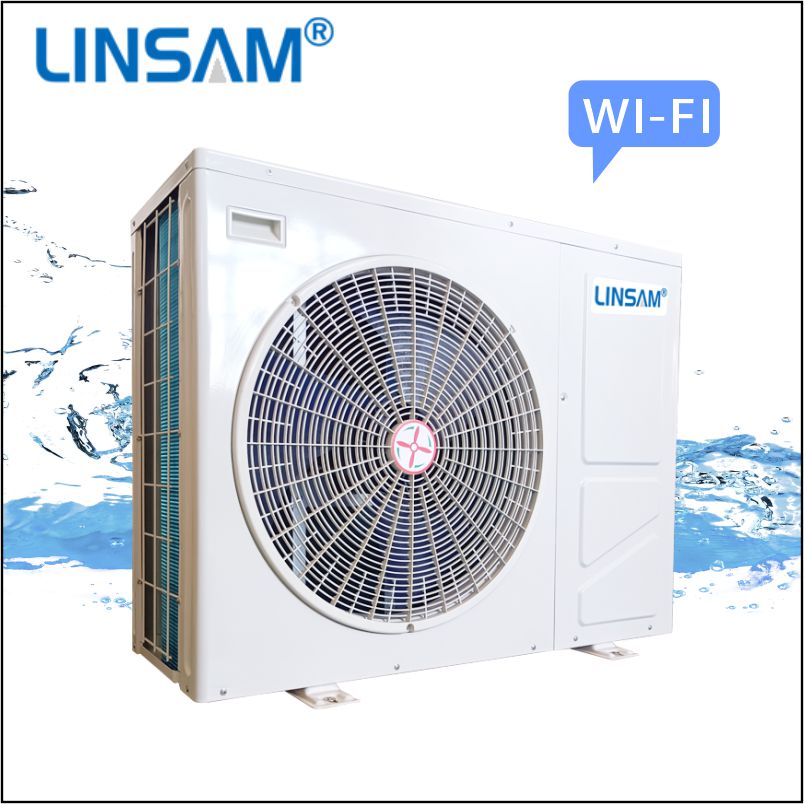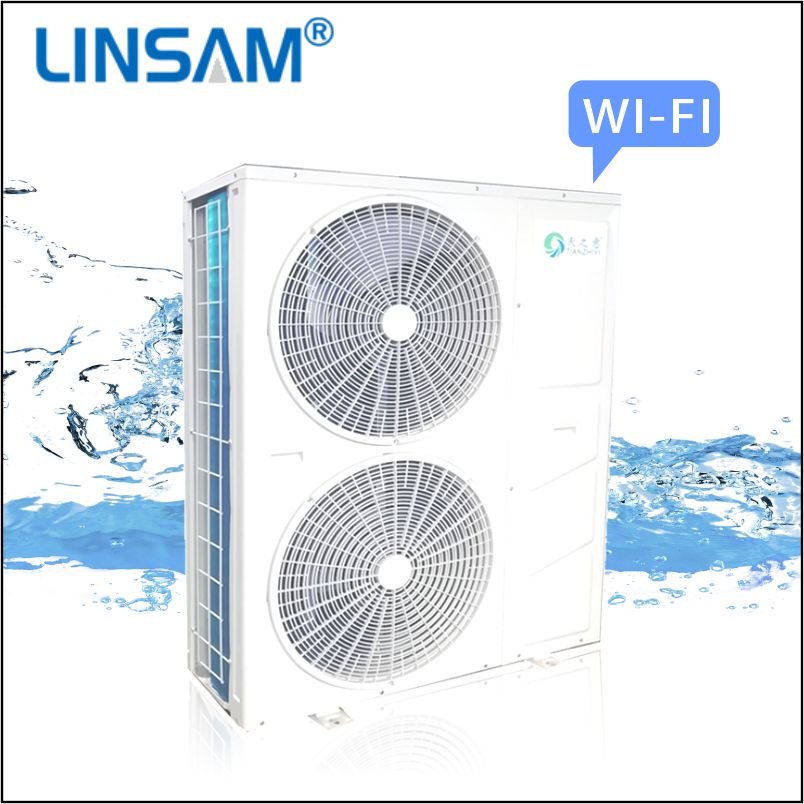The comfort of swimmers in a swimming pool depends largely on the water temperature and the parameters of the indoor air. Air humidity has a close relationship with people’s comfort. When the relative humidity is low and the air is dry, with low vapor pressure, it accelerates the evaporation of water from the skin’s surface when coming out of the water, taking away the latent heat of evaporation from the body, which can make people feel cold. At the same time, the heat loss of the indoor pool water is mainly caused by evaporation from the water surface. With more water evaporation, the indoor air humidity increases, requiring increased ventilation to remove excess moisture. This, in turn, increases the heating load for supplying fresh air in winter. If the relative humidity is too high, the indoor air will have excessive moisture, leading to an increase in the dew point temperature, resulting in condensation on the interior surfaces of the building structure. This heat loss can cause significant damage to the interior finishes and create discomfort for swimmers due to the heat trapped in the air.
International swimming pool design standards specify a water temperature of 26-28°C, an indoor air temperature 1-2°C higher than the water temperature, a relative humidity generally between 50-70%, but not exceeding 75%, and a wind speed controlled at around 0.2m/s.
Working Principle of a Pool Heat Pump In simple terms, a pool heat pump recovers and transfers the evaporative heat loss from the pool water surface into the pool water and air, compensating for the heat loss in the water and air. It also serves the function of air conditioning and dehumidification, while supplying a portion of fresh air to maintain indoor air quality and prevent condensation. The working process can be roughly divided into two steps:
Step 1: The indoor warm and humid air first undergoes heat exchange with outdoor fresh air through a heat exchanger, becoming warm and moist air. Then, the warm and moist air passes through the evaporator, where its temperature decreases, causing water vapor to condense into cold water droplets, thus making the air dry and achieving dehumidification. During this process, the heat energy (latent heat and sensible heat) released from the air cooling, water vapor condensation, and cooling is absorbed by the refrigerant.
Step 2: The heat energy absorbed by the refrigerant is first used (latent heat) to heat the pool water through a heat exchanger, achieving pool water heating. The remaining heat energy (sensible heat) is used to heat the cooled indoor air through the air condenser, providing insulation for the air.
When the recovered heat energy from the heat pump is insufficient to meet the requirements, an auxiliary air heater is used to supplement the heat energy needed for indoor warm air. The heat pump only requires its own electrical energy to continuously operate in the above working process, achieving pool water heating, air conditioning, and dehumidification functions with lower energy consumption.
Heat Loss in Swimming Pools The heat loss in a constant temperature swimming pool mainly comes from the following aspects:
Evaporation: The pool water continuously loses heat due to evaporation from the water surface, conduction through the water surface, and conduction through the pool bottom and walls. More than 90% of the energy loss in a swimming pool is caused by evaporation.
Water Replacement: As people swim in the pool, a portion of the pool water is lost and needs to be continuously replenished. The replenished water needs to be heated, requiring additional heat energy.
Equipment and Pipeline: The pool equipment and pipelines continuously release heat to the surrounding environment.
To maintain the desired water temperature, these heat losses, along with the heat load from activities such as showers in the swimming facility, need to be continuously replenished. Additionally, there is a one-time requirement to completely replace the pool water. For cleaning and disinfection purposes, the pool water needs to be completely drained and replaced with warm water. If cold water (with temperatures between 5-15°C) is used for replenishment, the heat energy required to heat the entire pool water represents a one-time heat load.
pulvinar dapibus leo.


